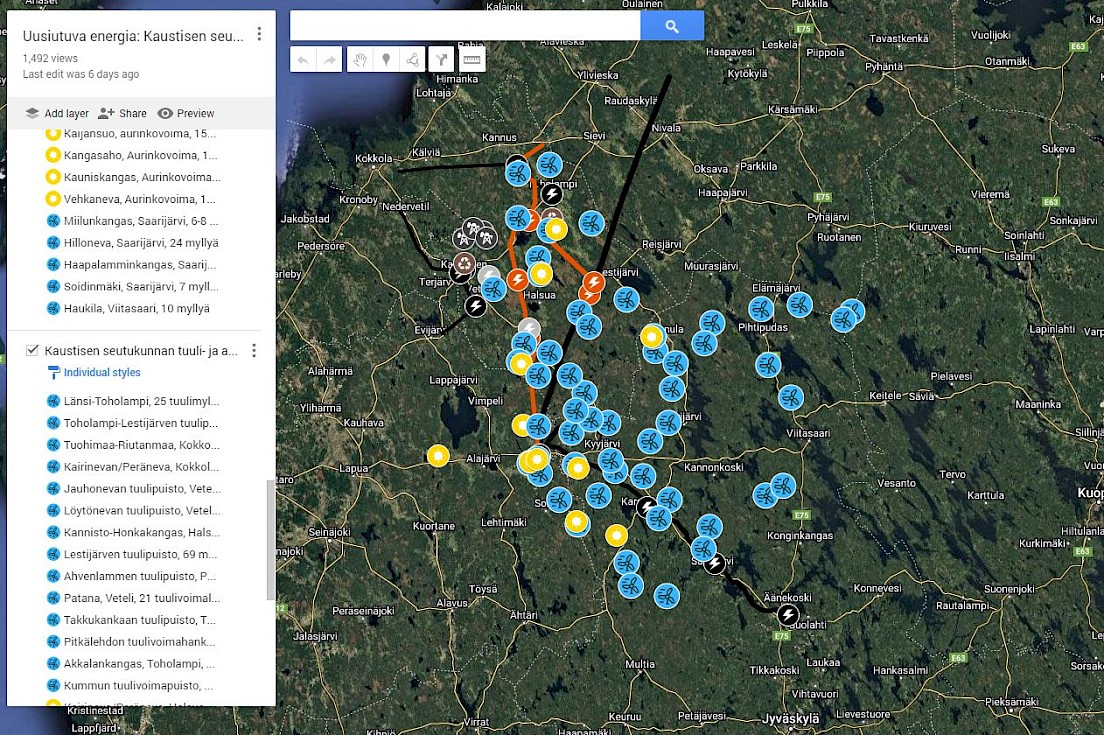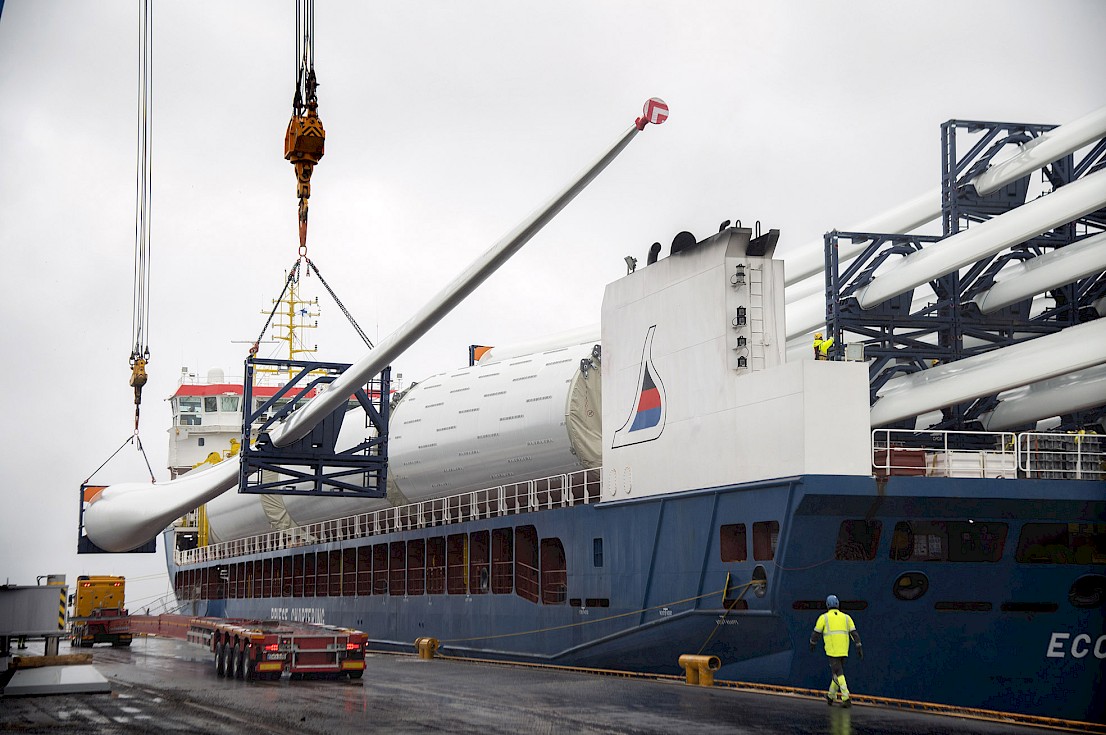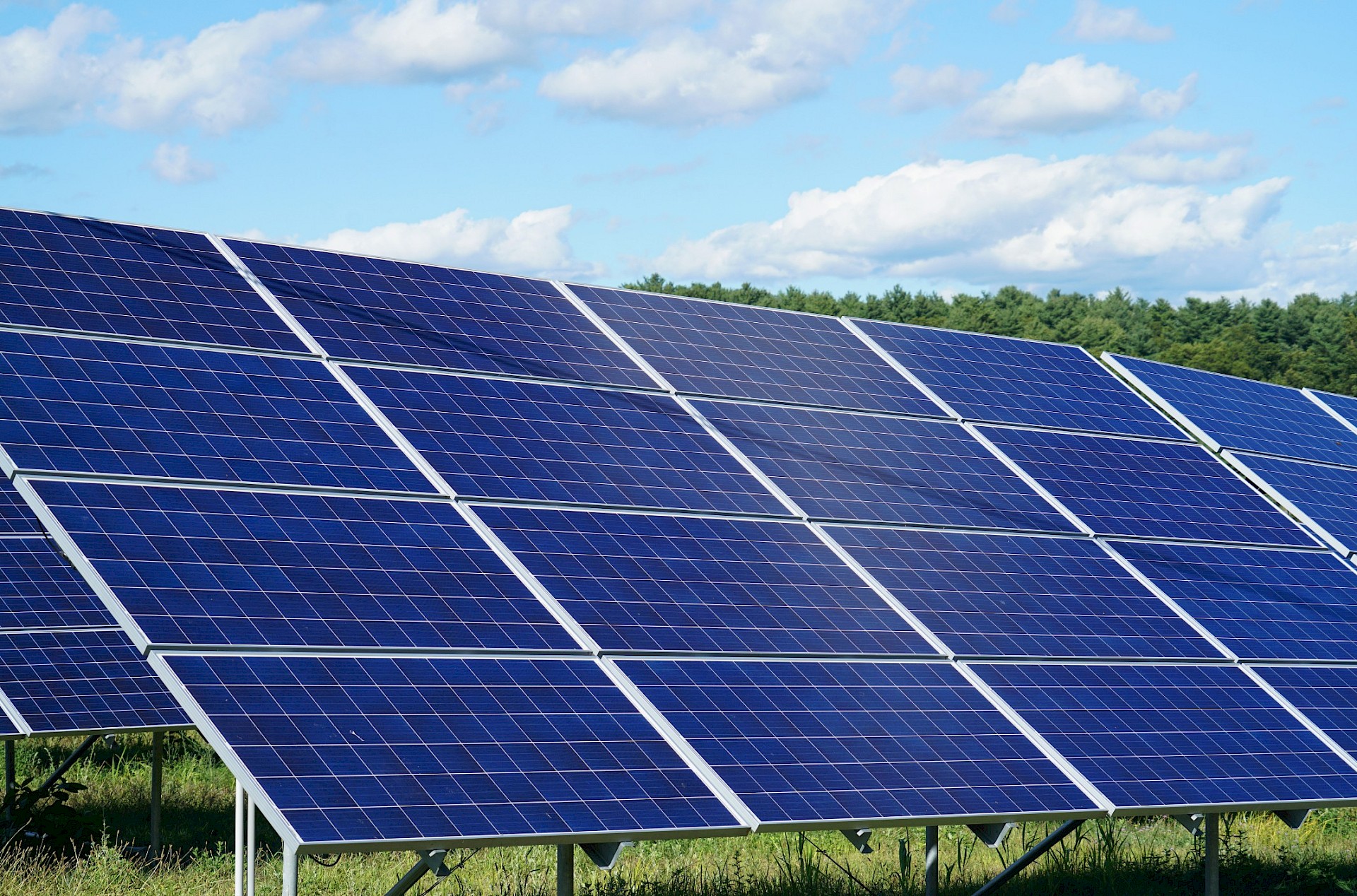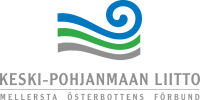Together with wind power, solar power is boosting the emergence of a hydrogen economy in Finland. The vast renewable energy production potential of the Kaustinen region and Sydänsuomi means that the region could produce up to 33 TWh, or 33% of the hydrogen energy needed in Finland in 2040. The cooperation area also includes the Järvi-Pohjanmaa JPYP region.
These areas contain a large number of former peat production areas that could be used as solar power generation areas in the future.
Energiequelle Oy, a developer of renewable energy projects, is planning solar power on a former peat production area in Toholamm. The company is studying the possibility of building a power plant with a maximum capacity of 300 megawatts on about 450 hectares of land.
- There are plenty of places in the region where solar power is worth investing. Because the sun and wind produce electricity at different times, there is also good transmission capacity for them, which means more electricity can be fed into the same grid," says Adele Halttunen, project manager of the Toristojanneva solar power project in Toholamm.
According to her, peat production areas combine many advantages for solar power.
- In areas that have been decommissioned, there is a large and continuous area of woodland where the heavy human handprint has already done its work. In addition, solar power provides new income for local people once peat production has ceased. Of course, the actual construction is an area where more needs to be done. In particular, the thickness of the peat layer and what lies beneath the peat field will have an impact on construction costs.

The map on the homepage of suurhanketoimisto.fi shows the renewable energy sites that have been announced. By clicking on the map menu, you can also find the areas of landowners who have expressed an interest in solar energy.
Many services are cheapest when produced locally
In addition to clean electricity, renewable energy brings jobs and tax revenue to the region. Adele Halttunen says that for her employer, localism is one of the values. Energiequelle's principle is therefore to operate openly and involve the local people as early as possible.
- When I talk to local people, they give me the most valuable information. We are dealing with changes in land use, and these people are living with that change. That is why it is very important to listen to them. The message that the locals are telling me directly is that Finland is ready for solar power and solar power is very welcome," Halttunen says of her experience.
Johanna Sula, Public Relations Manager of the Finnish Renewable Energy Association, formerly the Finnish Wind Energy Association, is familiar with the regional economic impact of wind power construction.
- For wind farms with 10 older generation wind turbines with an operating life of 25 years, 60% of the cash flows are directed to Finland. The employment impact of such a wind farm is around 200 people during the construction phase and around 30 during the production phase. The turbines currently under construction in Lestijärvi will have a lifetime of 35 years, which will naturally increase local income streams.
According to Sula, the principle of wind developers is to source as many services as possible from the region. For example, accommodation and catering services are needed already at the project planning stage, and local labour is essential during the construction phase. In supply chains, many services, such as engineering and concrete work, can often be produced locally at the lowest cost. This is why it is important for wind developers, for example, to have access to lists of service providers in the area. To this end, the Kaustinen sub-region has developed suurhanketoimisto.fi to bring together main contractors and local entrepreneurs.

Building renewable energy strengthens the regional economy in many ways, including through logistics supply chains. Photo by Jorma Uusitalo.
Training for young people in wind power installation
One part of the service chain is logistics services. Wind turbine components are shipped from manufacturers to ports, where they are unloaded from the ship and stored to await onshore transport to the actual construction site. The port of Kokkola will handle 1 100 special shipments to the wind farm in Lestijärvi over a period of more than six months.
- Of course, wind farms also provide employment during the production period. The wind turbines are always maintained in pairs, and substitutes are also needed, and since the turbines have a service life of up to 35 years, it is important now to make young people, even at secondary school age, aware that there are jobs of this kind available. Then they could be trained to become wind turbine installers," says Johanna Sula.
Interested in the energy potential of our region? Send us a message via this link, and we will contact you.
This article is part of a series of articles published by the Semukas project on the potential for renewable energy production in Central Ostrobothnia and Sydänsuomi. The Semukas project aims, among other things, to promote growth-oriented and job-creating business and to strengthen business and market know-how related to the carbon-neutral economy. The project is funded by the member municipalities of the Kaustinen and Sydänsuomessa regions, Witas, Kokkola University Centre Chydenius and the Federation of Central Ostrobothnia.







